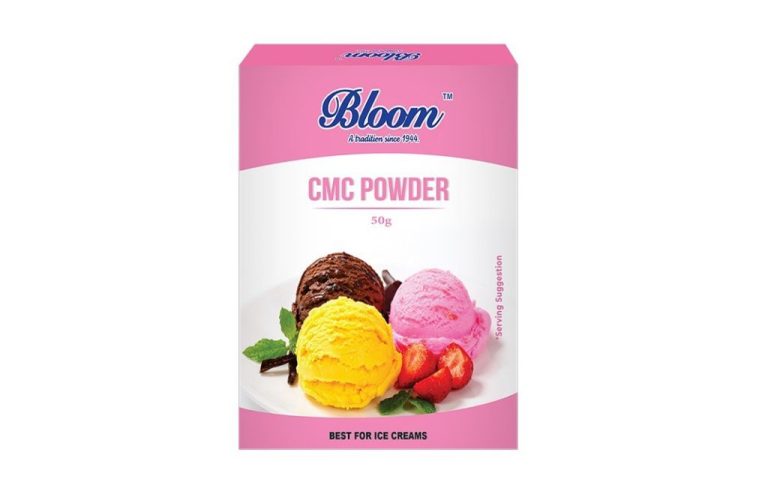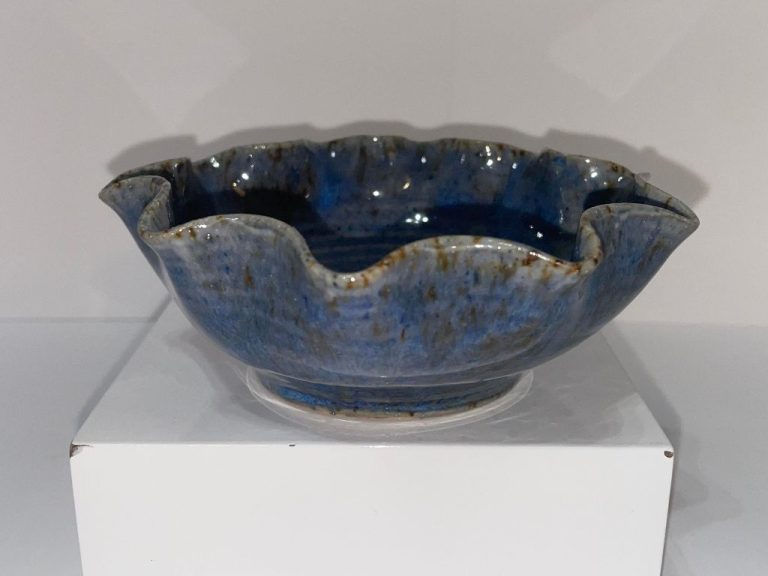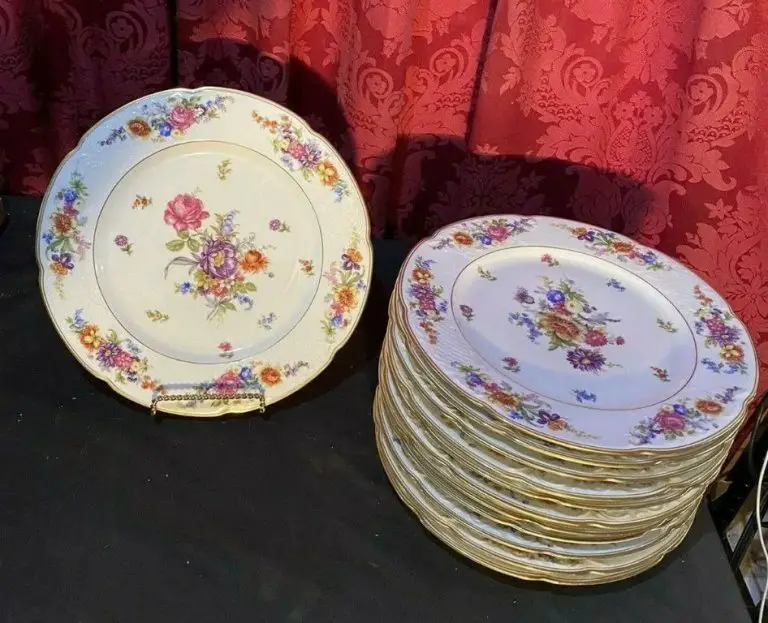What Material Is Ceramic?
Ceramics are inorganic, non-metallic materials made from compounds of a metal and a non-metal element, such as oxides, nitrides, and carbides (Source). The most common ceramic materials are clay, silica, and alumina. Ceramics are hard, chemically inert, and withstand high temperatures which make them useful for a wide variety of applications.
The key properties of ceramics include high hardness and strength, low density, high melting points, resistance to corrosion, thermal and electrical insulation, and specific magnetic and dielectric properties. Due to this unique combination of properties, ceramics are used in products such as tiles, sanitaryware, tableware, bricks, glass, cements, and technical ceramics used in electronics and engines (Source).
History and Origins
Ceramics have been an important part of human civilization for thousands of years. The earliest known use of ceramics dates back to 24,000 BC, when figurines and pots were uncovered in ancient sites in Czechoslovakia. Ceramic history. Ceramics became more widespread starting around 9,000 BCE, when clay-based ceramics were popular for making containers for food and water, art objects, tiles, and bricks. Brief history of ceramics and glass.
Over the millennia, ceramic materials and manufacturing techniques continued to evolve and improve. Key developments include the invention of the potter’s wheel around 6,500 BCE in Mesopotamia, which revolutionized how ceramics could be shaped. The ancient Chinese developed porcelain around the 7th century CE, which involved higher firing temperatures and resulted in a delicate, translucent ceramic. In the 18th century, English potters created bone china by adding bone ash to porcelain to create an even finer ceramic material.
Today, ceramics remain an important part of culture and technology worldwide. From clay pots to advanced technical ceramics, this versatile material continues to be shaped into both art and function.
Clay Materials
Ceramics are made from clay, which is a natural material composed primarily of fine-grained minerals. The most common types of clay used for pottery and ceramics are:
- Earthenware clay – Fires at lower temperatures up to 2,200°F. Some common types are red earthenware, terracotta, and white earthenware. (https://thepotterywheel.com/types-of-clay-for-pottery/)
- Stoneware clay – More durable and non-porous, firing at high temperatures between 2,200 – 2,600°F. Common varieties include grey stoneware and white stoneware. (https://www.soulceramics.com/pages/types-of-clay)
- Porcelain clay – Very fine clay that becomes glass-like and translucent after firing above 2,600°F. Porcelain is highly impermeable and durable.
- Ball clay – Added to stoneware and porcelain clays as a plasticizer to improve workability and strength.
- Fire clay – Has high heat resistance and is used to make refractory ceramic materials that withstand extremely high temperatures inside kilns and furnaces.
The specific characteristics and composition of the clay determines the type of ceramic it can produce. Clay choice also impacts the methods and temperatures required for firing and glazing the ceramic material.
Manufacturing Process
The most common manufacturing processes for making ceramic objects involve the following steps:
First, raw ceramic materials like clay, quartz, and feldspar are mixed together to form a slurry or paste. Additives can be added to give the ceramic specific properties. The slurry is blended thoroughly to create a homogeneous mixture.
Next, the ceramic slurry is shaped into the desired form using methods like extrusion, slip casting, tape casting, injection molding, or compressing molding. Extrusion involves forcing the slurry through a die to create a continuous shape. Slip casting involves pouring the slurry into a porous mold that absorbs water, leaving an even layer of material. Tape casting creates thin ceramic sheets. Injection molding uses pressure to inject the slurry into a mold. Compression molding uses pressure to compact the slurry in a mold.
After shaping, the ceramic piece goes through a drying process to remove the water content. Then it is fired in a kiln at high temperatures ranging from 1000-1400°C depending on the material. This sinters the ceramic particles together into a dense, strong structure.
Finally, ceramics like tiles or tableware may be glazed and fired again to give a decorative, impermeable surface finish. The ceramic object is then ready for final inspection and shipping.
Firing and Sintering
Sintering is one of the most important steps in the process of making ceramics as it transforms the soft clay into a durable material through firing at high temperatures. According to https://digitalfire.com/glossary/sintering, “The sintering process begins in a clay when it has been fired high enough so that it no longer will slake or break down when exposed to water, that can achieved at about 900°C.”
The sintering process happens in two stages. First, the particles within the clay start fusing together as it is heated, closing the pores between them. Then at higher temperatures, material transport and diffusion leads to increased densification and strength. According to https://www.substech.com/dokuwiki/doku.php?id=sintering_of_ceramics, sintering occurs at temperatures between 1000-1400°C for most ceramic materials.
Firing ceramics to these high temperatures leads to vitrification, which is the formation of a glassy phase that fills any remaining pores, making the material impermeable to liquids and gases. Vitrification is important for making the ceramic material durable and water-resistant. The final properties like strength, porosity, and microstructure are determined based on the peak firing temperature.
Glazing
Glazing is an important step in finishing ceramic ware. Glazes are made from mixtures of silica, fluxes, and aluminum oxide that create a glassy coating on the surface of fired clay. When ceramic pieces are fired at high temperatures, the glaze melts and fuses to the clay body to create a durable, impervious surface.
There are many different types of glazes used in ceramic production including single fire glazes, mid-range glazes, and high fire glazes. Glazes come in a wide variety of colors and effects. Typical glaze materials include feldspar, silica, kaolin, dolomite, and colorants such as metal oxides. Glazes can produce glossy or matte finishes depending on their formulation and firing temperature.
Glazes are typically applied to bisqueware – clay that has been fired once at a low temperature to harden it and prepare it for glazing. Glazes can be applied using methods like dipping, pouring, brushing, or spraying. Once applied, the glazed ware is loaded into the kiln and fired to a high temperature (often over 2,000°F) to melt and fuse the glaze.
Proper application and firing are critical in achieving an even, consistent glaze surface. Factors like glaze thickness, firing temperature and kiln atmosphere must be carefully controlled. A perfectly fired glaze can enhance the beauty of ceramic ware and make it functional.
For more information, see this guide on glazing pottery: https://www.thecrucible.org/guides/ceramics/how-to-glaze/
Types of Ceramics
There are many different types of ceramic materials that have a wide range of properties and applications. Some of the major categories of ceramics include:
Pottery
Pottery refers to ceramic materials like earthenware, stoneware and porcelain that are made from clays and fired in a kiln. Pottery has been around for thousands of years and includes objects like plates, bowls, mugs and vases. Some types of pottery are utilitarian while others are decorative art pieces.
Ceramic tile
Glazed and unglazed ceramic tiles are used frequently in buildings and homes for flooring, walls, countertops and even roofs. Tiles come in various shapes, sizes, colors and finishes.
Refractories
Refractory ceramics have very high melting temperatures so they can withstand extremely hot temperatures, making them useful for lining high temperature kilns and furnaces. Common refractory ceramics are alumina, zirconia and silicon carbide.
Technical ceramics
Technical or advanced ceramics have engineered properties for specialized applications. This includes ceramics like alumina, silicon carbide and silicon nitride used in electronics, optical devices, medical implants, aerospace and automotive parts.
Other types of ceramic materials include structural clay products like bricks, abrasives like sandpaper and grinding wheels, cements and mortars, glass and more.
Properties
Ceramics are known for their high strength and hardness compared to metals and polymers. According to the Ceramics Society, ceramics like alumina have a high elastic modulus and resistance to deformation under load. The strong ionic and covalent atomic bonding in ceramic materials gives them excellent compressive strength.
Ceramics also have excellent thermal properties. Their high melting temperatures, low thermal conductivity, and low thermal expansion make them useful for applications requiring thermal insulation or resistance to high temperatures. Many ceramics are electrical insulators due to their ionic bonding and filled valence bands.
The porosity of ceramic materials can vary widely. Porous ceramics like clay have open pores and can absorb water, while non-porous ceramics like alumina are impermeable to gases and liquids. According to Xometry, porosity affects strength, with higher porosity leading to lower mechanical strength.
Applications
Ceramics have many diverse applications in construction, technology, art, and other industries. Some of the main uses of ceramics include:
In construction, ceramics are used to make tiles, bricks, pipes, and roofing. Ceramic tiles are durable, water resistant, and come in a vast array of styles and colors. Bricks made from clay are one of the oldest and most common building materials. Ceramic pipes handle water distribution and sewage transport. Roofing tiles like terra cotta can last for centuries.
In technology, ceramics are used to make components for things like phones, computers, and medical devices. Ceramics can withstand high temperatures, are electrical and thermal insulators, and resist corrosion. Common uses include making capacitors, ferrite magnets, and semiconductor wafers.
In art, ceramics are used to create pottery, sculptures, and decorative objects. From ancient Greek pottery to modern studio ceramics, artists work with clays and glazes to produce unique works. Ceramics are valued for their beauty, texture, and ability to be shaped into complex forms.
Other uses include ceramic knives that keep a sharp edge, ceramic bearings that reduce friction, and ceramic armor that is lightweight and can withstand high impacts. Advances in ceramics technology have opened up many new applications across diverse industries.
Sources:
https://www.preciseceramic.com/blog/6-popular-uses-of-ceramic-materials-in-our-daily-life.html
Future Trends
The future of ceramics looks bright with many cutting-edge advances in research and development. Some key trends to watch include:
Nanoceramics – These are ceramics composed of nanometer-scale particles, leading to enhanced properties. Nanoceramics are enabling innovations in areas like transparent armor, solid oxide fuel cells, sensors, and biomedical implants.[1]
Bioceramics – Ceramics are being developed for use as scaffolds for tissue engineering and drug delivery. Bioceramics made of zirconia and alumina show promise for dental and orthopedic applications.[2]
Ceramic 3D printing – Additive manufacturing allows complex ceramic components to be printed, enabling designs not possible with conventional manufacturing. 3D printing is being used for ceramics in aerospace, automotive, and medical uses.
Multifunctional ceramics – Researchers are developing ceramics with combinations of properties like electrical conductivity, magnetism, and humidity sensing. Multifunctional ceramics have applications in electronics, energy, and smart sensors.
As research continues, ceramics are poised to enable innovations across many high-tech fields.



